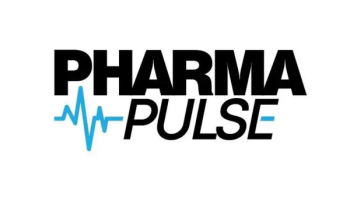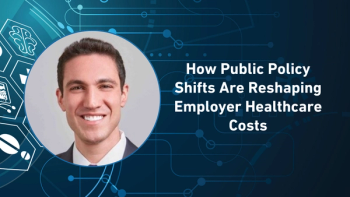As noted by Pharm Exec,1 the White House and European Union today revealed a framework for a deal centered around “reciprocal, fair, and balanced trade” that is expected to get into effect Sept. 1 of this year. Although the agreement covers all imported goods coming from the EU, pharmaceuticals fall under a distinct set of regulations.
The United States will be applying the higher of either the most-favored nation (MFN) tariff rate or a duty of 15%, so basically, tariffs will not be higher than the aforementioned 15%. This includes generic pharmaceuticals, their ingredients, and chemical precursors, stemming from President Trump previous July announcement from President Trump reaching a formal trade agreement with the EU in which a maximum 15% levy would be imposed on “most” EU exports, including autos and their parts; semiconductors; and pharmaceuticals.2 The EU will also be investing $600 billion in the US and purchasing $750 billion worth of US energy exports through the year 2028.
Shifting tariff proposals earlier this year
The development comes amid the multitude of changes that have transpired over the course of six months beginning in early February, when President Trump announced that the US planned to approve a tariff of 25% or higher on pharmaceuticals.3 That number then skyrocketed to as high as 250%—a new high—which Trump had revealed in an interview with CNBC’s “Squawk Box.”
Did You Know?
- The new US-EU trade deal caps pharmaceutical tariffs at 15%, despite earlier proposals as high as 250%.
- The agreement includes a commitment from the EU to invest $600 billion in the U.S. and purchase $750 billion in US energy exports through 2028.
- Experts note that tariffs on APIs would have minimal impact, but tariffs on finished drugs or key components like glass and bottle plugs could significantly raise costs.
Potential impact on the pharma supply chain
In a video interview with Pharma Commerce, Dave Malenfant, a healthcare supply chain expert, discusses the potential impact of a proposed 250% tariff on pharmaceutical imports, emphasizing that the effect depends heavily on where in the supply chain the tariff is applied. If imposed on active pharmaceutical ingredients (APIs), the impact would be minimal, as APIs contribute relatively little to the total cost of a finished drug and adjustments could be made through negotiation.
However, if applied to finished pharmaceuticals or key components—such as bottle plugs, closures, molded parts, and glass—the cost implications could be significant, since these materials represent a substantial portion of overall manufacturing costs.
“It depends where the tariff is applied. If you're talking about the active pharmaceutical ingredients, they'll have very minimal impact, as you get into the royalties and all that,” he explained. “When you look at the cost of a pharmaceutical product, a lot of the cost is not in the active ingredient, as much as the components to package it in the processing. If we are buying a finished pharmaceutical and it's got a 250% tariff on it, and the proposed regulation says that there will not be a duty drawback, because right now, on a lot of pharmaceuticals, you have duty drawback, which means you pay duty upfront, and then you can go and apply to the government and draw back.
"What that does is it will have a direct impact throughout the entire supply chain, but at the same time, it's telling the US, why aren't we making these pharmaceuticals in the United States? Most of the research and development has been done in the United States, but then we export it out to cheaper countries to make the product, and they import it back in, such as Singapore—I’m not going to talk about India, because India is a unique situation—or other countries, and then we import it back in trying to distribute it within the United States. … I think if we're going to sell in United States, I firmly believe that we should make it in United States.
References
1. Hollan M. White House and European Union Announce Long-Awaited Details on Pharma Tariffs. Pharmaceutical Executive. August 21, 2025. Accessed August 21, 2025. https://www.pharmexec.com/view/white-house-european-union-details-pharma-tariffs
2. Saraceno N. As Trump Pharma Tariff Deadline Looms, Here's How the Sector Got Here. Pharmaceutical Commerce. July 31, 2025. Accessed August 21, 2025. https://www.pharmaceuticalcommerce.com/view/trump-pharma-tariff-deadline-looms-how-sector-got-here
3. Saraceno N. Trump: Tariffs Could Potentially Hit 250%. Pharmaceutical Commerce. August 7, 2025. Accessed August 21, 2025. https://www.pharmaceuticalcommerce.com/view/trump-tariffs-could-potentially-hit-250





